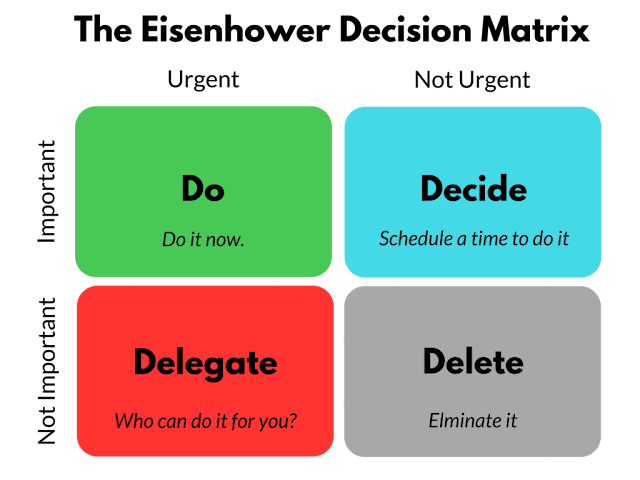In your project pipeline or to-do list, is everything more important than everything else?
Does every email in your inbox have one of those little shouting red exclamation marks next to it?
Do you have a load of REALLY IMPORTANT stuff, and then something new comes along that's SOOOO important that you have to invent a whole new category of importance just to have somewhere to put it?
In order to fulfill your priorities, you have to first identify what is not a priority.
Ever heard of Organizational Attention Deficit Disorder? Making everything a priority and then not able to commit themselves long enough to see the results. It happens almost everywhere and with everyone. Successful people and organizations differentiate themselves by managing their priorities well.
If you have more than 3 priorities, then you don’t have any. (Jim Collins, Author)
Our current focus is on Prioritization and Alignment to Strategy, which means prioritizing business/personal changes to arrive at a balanced portfolio or projects and programs aligned with organizational strategy or with personal goals.
Studies suggest having no more than 3 priorities at a time in your personal and professional lives. Have a clear objective and a target metrics (KPIs) for each priority. Setting your priorities right is a critical step towards holding yourself accountable to accomplish them.
An organization is being built to accomplish an objective. But what happens when the objectives keep changing in today´s volatile, uncertain, complex and ambiguous (VUCA) environment? Several studies have suggested how multitasking is detrimental to your mental health, your ability to focus and hence the quality of your deliverables.
Same phenomenon happens to individual people, when management is not able to set clear priorities. Shiny ball syndrome (a phenomenon where an individual constantly changes their focus from one goal to another every time they see a new “shiny ball” of potential) is detrimental to the organization and hence to the potential of the people working there.
It becomes difficult to direct talented people’s energy when they know that what they are working tonight might be scrapped tomorrow morning. When you are setting priorities for your team, do involve your people to have better inputs.
The more time you will spend earlier on defining and understanding your topmost priorities the less time you will need on adjustments during the critical stage. Be very clear of your goals before you direct your keys resources on the execution of priorities.
Here is an Eisenhower Matrix that can help you to identify what are your priorities and what are not. Remember, you can do anything, but you can´t do everything. This matrix helps to de-clutter yours thinking and give it a clear direction.
Identify what´s urgent and most important to your organization. These are your true priorities and are the tasks to be done first without any delay. Finishing these gives you an immense sense of accomplishment to set you in high spirits for the other tasks.
Some of that prioritization will be about what gets done. Which projects should be done first (in time), which should be first in line to be allocated more resources if they need it, and which should not be implemented at all.
With the tasks that are urgent but not important take help from other team members. This category consists of day-to-day interruptions (distractive fatigue) you get while working on your priorities, e.g., a colleague looking for a document or some information, phone calls, meetings, emails etc. Delegate these if you think some other team member might do it better or they will distract you from achieving your priorities.
Then you move on to the tasks that are important but not urgent. Most of the planning activities fall into this category.
When you're prioritizing work or projects, (whether for yourself or for others), keep a sense of perspective, and an eye on what's already in the pipeline or on the To-do list and how THAT has been prioritized.
Based on this matrix identify your priorities and accordingly set these tasks in your calendar. Don’t be over optimistic to finish everything in one day. Be practical and set some buffer. Direct all your focus and resources to accomplish these tasks very well.
Once you and your team have accomplished the priorities then don’t forget to celebrate. Recognize the efforts of your team, motivate and reward them. Strategy is all about the priorities, so get it RIGHT. One of the secrets of Steve Jobs was “To Focus on What matters, Prioritize Ruthlessly” and he made sure those priorities were not more than 3.
Develop a system or rationale for the prioritization. Agree it with the higher-ups. Otherwise, you'll end up with a pipeline of mega-important, super-urgent stuff to do, and a bunch of stressed-out people who have NO IDEA what to tackle first.
How do you set priorities for yourself or for your team? Share to let others learn from you.
